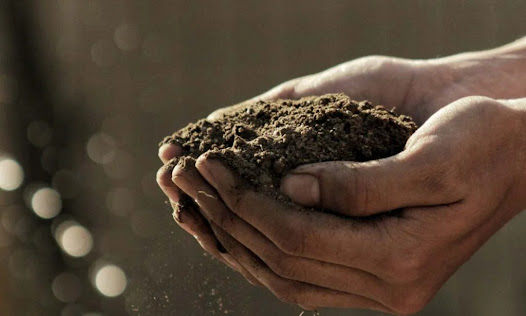Nonwovens in Healthcare Industry- Creating A Great Revolution
While the global healthcare and medical industry require easily-deployed medical products, this rising demand is satisfied with the use of nonwoven materials. Due to the effectiveness, adaptability as well as disposability, the popularity of nonwovens is increasing with time. Today, nonwoven textiles are largely used in this industry to offer better protection against biological agents in different sectors. They can be designed to provide the users with required safety properties, like prevention against diseases or infections. Besides, these materials can also help in the fight against cross-contamination.
Why Use Nonwovens to Make Medical Products?
Different studies have proved that nonwovens can offer superior performance in specialized tasks as they can be optimized by combining different materials. However, some of the major reasons why nonwoven fabrics can be an excellent option for the medical industry are:
• It can help in mitigating today's risky medical environments due to its amazing drug-resistant ability. Besides, these materials are also bacteria-resistant.
• It can be customized based on the changing specifications.
• Nonwovens can easily meet the rising demand for environmentally-friendly disposable products.
• Such materials have unlimited applications for different healthcare products, like bedding, surgical gowns, surgical drapes, dressings and more.
• They demonstrate better performance in terms of air permeability, weight, thickness, comfort, water vapor transmission and more.
Some Examples to Consider
As per some studies, nonwovens have become a crucial component in making smart wound care solutions. They can be used to make products that can create a moist wound-healing environment with low skin adhesion, controlled vapor transmission as well as absorbency.
If you talk about some of the most recent nonwoven innovations, they include 3D biological tissue engineering and safe and skin-friendly implantable fabric that can easily reinforce natural tissues. Besides, their nonwoven nanofiber filtration media with impressive particle capture properties.
On the other hand, modern nonwoven fabrics with enhanced finishes, like virus-proof, liquid-repellent, and excellent barrier properties, have also been created for different applications, like drapes, gowns and surgical masks.
Understanding The Medical Nonwovens Manufacturing Processes
Formation of Web- Some of the most popular methods for nonwoven in the medical field are melt-blowing and spun bonding. Well, when it comes to creating more durable webs, spun bonding can be used. Different studies have proved that spun-bonded webs are durable in both CD- Cross Direction and MD-Machine Direction. These materials are porous, soft as well as dimensionally stable.
Spun-bonding is quite common for different medical products, for example, bed linens, face masks, head wears and more. To create various web properties, carding, wet layer and dry laying are used. On the other hand, punching is also effective in boding different webs or fibers of medium thickness. This is quite effective and fast and can be used for different applications. Besides, this process is also very cost-effective. To make elastic nonwovens, chemical bonding is used.
Processing of Natural Fibers
For natural fibers, such as rayon or cotton, the web can be made by wet laying or air laying. Carding method is also suitable. The fibers are generally hydroentangled to give them fabric-like properties. While using cotton, it is mercerized and then bleached to improve its purity and make it suitable for hygiene and medical areas. Natural fibers are good for applications like wound dressing, disposable clothing, gauze, swabs, gowns and more.
Processing of Synthetic Fibers
Such fibers are generally combined with rayon or cotton. Synthetic fibers are spun bonded and bonded by a specific bonding technique. While such fibers can be processed through various bonded techniques, the technique will be determined by their end-use.
Post Processing
Post-processing is crucial as it gives the medical products a suitable finish for their specific use. Some of the major types of finishes utilized in nonwovens for medical applications are; soil release agents, water repellents, softeners, antibacterial finishes, flame retardant finishes, and more.
Final Words
It can be said that today's nonwoven medical textile industry is completely saturated with medical products made nonwoven. And the major reason behind these materials' excellent performance and easily adjustable properties. According to some studies, the global hygiene and medical industries consume around 95 percent of nonwoven production in the US. Besides, the demand for nonwoven medical care in various developing countries is also increasing at a higher rate. It is predicted that in future, the demand will grow steadily.


Comments
Post a Comment